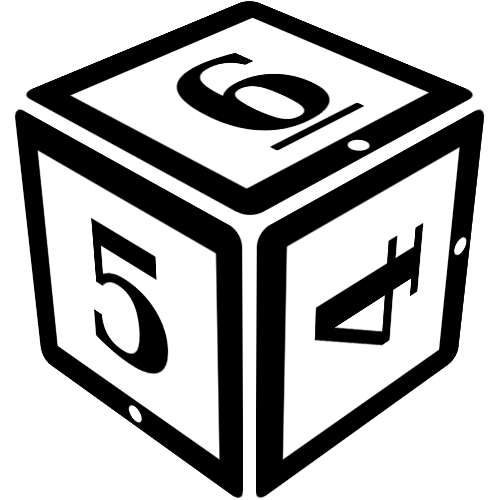All Jedi are assumed to always carry:
- Their lightsaber
- Their Jedi robes
Unless their player actively consents to not having these items available, they are present, even if this would make the situation absurd.
When on a mission, each Jedi is assumed to have the predefined "basic gear":
- One day's worth of water and rations
- Some credits
- A flashlight
- A short-range communicator
- Simple tools for the Skills the jedi has mastered
In addition, each Jedi on a mission can take with them a single piece of Equipment. A piece of Equipment is pre-defined gear with clear properties. The Equipment must come from the Jedi Order Equipment Inventory.
Note that a Jedi can only take one Equipment piece on a mission—this is a hard rule. Even Jedi Masters associated with strong economical worlds are still limited to a single piece of equipment.
Mission Equipment
The Jedi Order has an inventory of equipment. Some of this equipment is supplied by the Union, some of the equopment is scavanged, and some is provided by members of the Order with specific skills.
Scavanged equipment will have a number of uses, after which it becomes useless. Some other equipment is single-use by it's very nature. Equipment that is present via a Jedi's skill, e.g., the First Aid Kit, is regenerated after the mission, or has unlimited uses. Some equipment has uses, but is recharged when returned to the Jedi Order and a Jedi has the skill to recharge or repair it. In each case, this will be noted on the equipment page itself.
Equipment Types
All equipment here, more-or-less describes a family of equipment. If the Jedi Order has the equipment available to them, they will have a specific instance in stock. For example, they might have a Rakor-T4 Tracking Beacon, which is a specific type and make of Tracking Beacon. Sometimes two pieces of equipment from the same family might offer different slightly benefits.
Some of these equipment types describes a very broad family of equipment instead of a ready-as-is equipment. This means that the specific instance of that kind of equipment must be designed and approved—if this is the case, it is noted on that equipment type's page.

